27
Jan
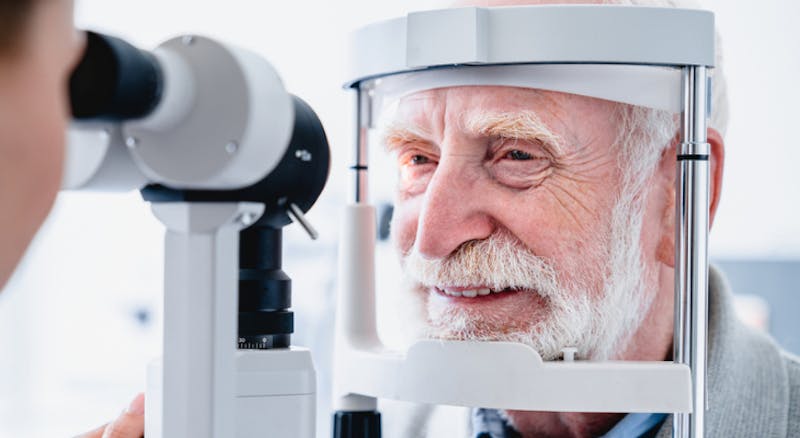
How Hypertension Affects Eye Health
Hypertension, high blood pressure, may be putting your vision at risk. If you have uncontrolled high blood pressure, you may be more likely to develop several conditions that could damage your eyesight. Keeping your blood pressure under control lowers your risk of vision problems...
View MoreCategory: Newsletters
27
Jan

The Dangers of Diabetic Retinopathy
You could be at risk of developing a serious vision condition if you have diabetes. The condition, called diabetic retinopathy, blurs your vision and can lead to vision loss. Lowering your blood sugar level and scheduling regular eye exams will help you protect your eyesight. Ho...
View MoreCategory: Newsletters
27
Jan
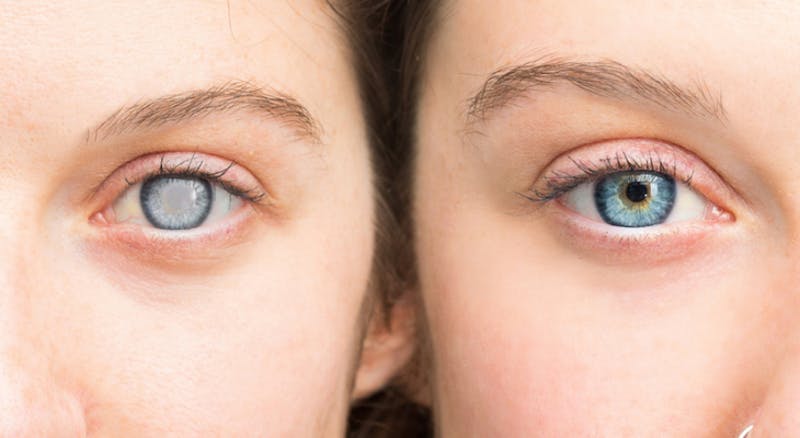
How safe is cataract surgery?
How Safe Is Cataract Surgery? Surgery is an excellent option if you're experiencing vision problems due to your cataracts. Cataract surgery is one of the most common types of surgical procedures in the world. In fact, about 10 million people opt to have their cataracts removed ev...
View MoreCategory: Newsletters
27
Jan

Dry Eye
Sometimes your eyes don't make enough tears or the tears evaporate too fast because they don’t have the right amount of compounds in them. This is called dry eye. Up to 5% of Americans complain of some form of dry eye. Individuals who wear contact lenses or have under...
View MoreCategory: Eye Symptoms
27
Jan
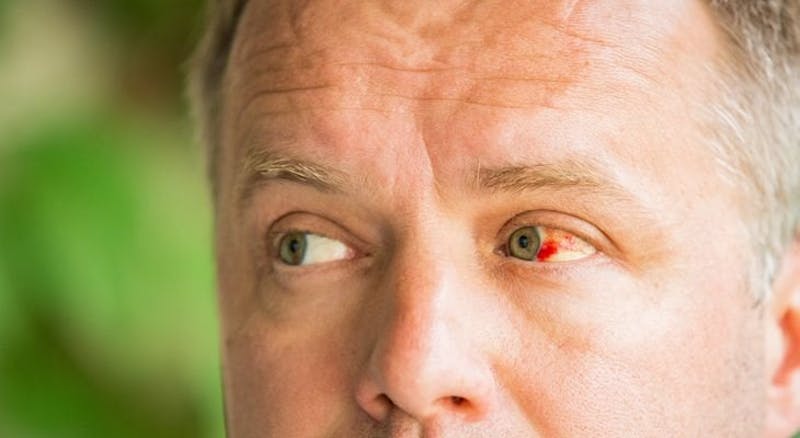
Subconjunctival Hemorrhage
Similar to a bruise under the skin, a subconjunctival hemorrhage happens when a small blood vessel located between the sclera (white portion of an eye) and the conjunctiva (lining on the surface of an eye) breaks and covers the sclera with blood. Unlike broken blood vessels locat...
View MoreCategories: Common Eye Conditions Changes in Appearance
27
Jan

Wandering Eye
A wandering eye is a type of eye condition known as strabismus or tropia, and it may be caused by damage to the retina or muscles that control the eye, stroke or brain injury, or an uncorrected refractive error like farsightedness. With a wandering eye, one eye deviates or wander...
View MoreCategory: Pediatric Vision
27
Jan

Crossed Eyes
Crossed eyes, also known as strabismus, refer to a condition in which both eyes do not look at the same place at the same time. Often times they both turn in, but may also turn out. What Causes ? The six muscles attached to each eye, which control how it moves, receive signals from...
View MoreCategory: Pediatric Vision
27
Jan

Autism
Symptoms and Problems Caused By is a neurological disorder in which the person has difficulty processing and reacting to information received from their senses. The individual also has trouble communicating and interacting socially. Signs of autism include:Lack of shared social...
View MoreCategory: Pediatric Vision
27
Jan
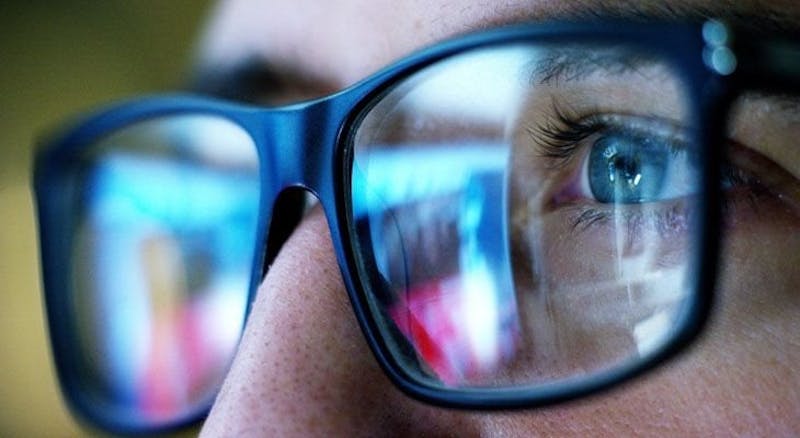
Technology and Vision
The primary sufferers of technology-related eyestrain used to be adults whose work involved computers. Now, however, people of all ages use computers, smartphones, tablets and gaming devices, which can take their toll on the eyes. As people's reliance on technology grows, s...
View MoreCategory: How the Eyes Work
27
Jan
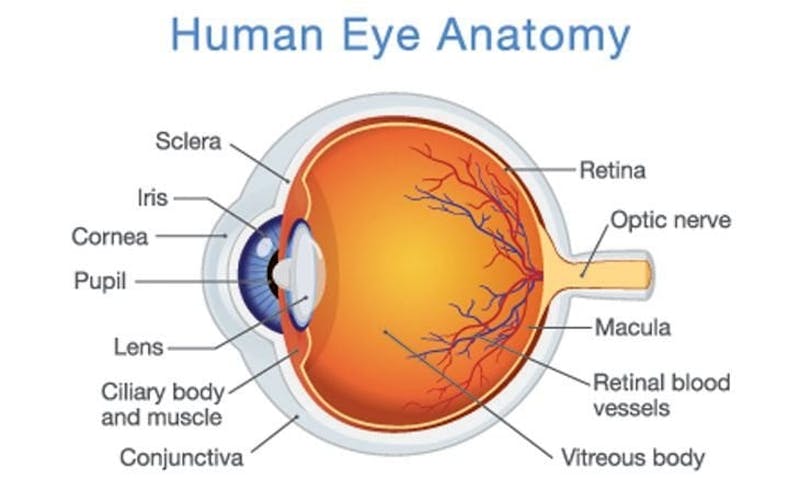
Eye Anatomy 101
The eye has many parts that work together to create vision. The eyes themselves are only part of “seeing. ” The brain is also involved. The eyes, though, begin the complex process of vision by gathering, focusing and passing on visual information to the brain. To help y...
View MoreCategory: How the Eyes Work


